|
|
|
|
Species Photo Gallery for Tumidagena propinqua No Common Name 3 |
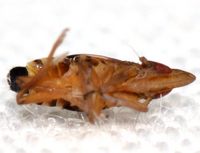 | Photo by: Kyle Kittelberger, Paul Scharf
Beaufort Co.
Comment: coastal, mostly cordgrass habitat; male | 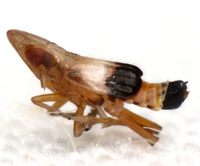 | Photo by: Kyle Kittelberger, Paul Scharf
Beaufort Co.
Comment: coastal, mostly cordgrass habitat; male |
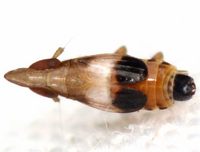 | Photo by: Kyle Kittelberger, Paul Scharf
Beaufort Co.
Comment: coastal, mostly cordgrass habitat; male |

 »
»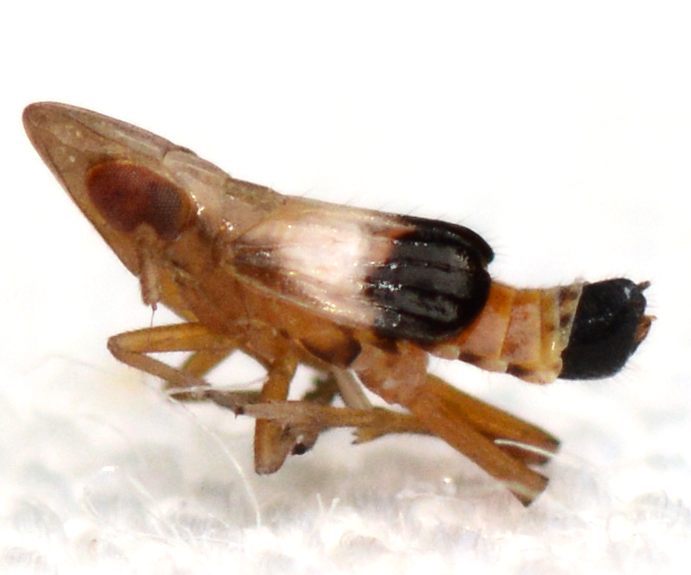

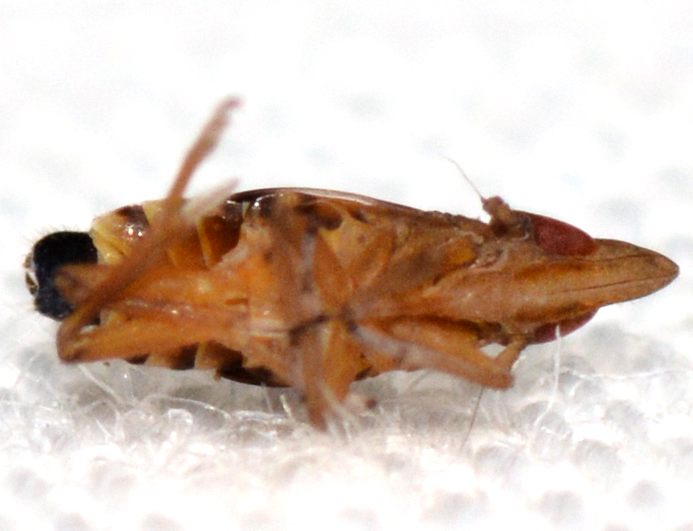

 »
»

